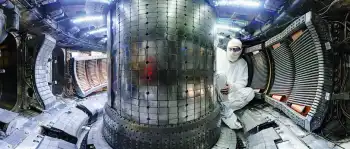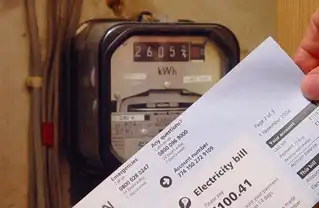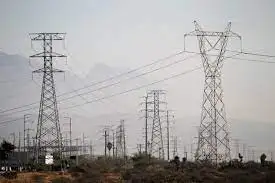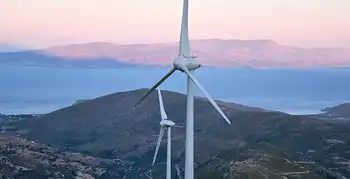Ford says government help needed to develop plug-ins
WASHINGTON, D.C. - Ford Motor Co is confident it has the expertise to design a plug-in hybrid, but it would need U.S. government help to get that done and to bring one to market, which it does not expect any time soon, the company's North American president said.
"While the basic architecture is similar to our current hybrid electric vehicles, there are engineering challenges," Mark Fields told a hybrid electric vehicle conference sponsored by the Brookings Institute think tank and Goolge.org.
Fields said there were also key policy and regulatory hurdles to clear. He said viable, mass-market plug-ins will take substantial government investment in research and that near-term prospects for making a "business case" are limited.
Fields said Congress must allocate money already approved for research programs dedicated to developing powerful, reliable and affordable batteries, the crucial energy component.
He also said government should approve tax credits - similar to ones offered today for consumer purchases of gas/electric hybrids. Government should also help retool factories to build plug-ins, Fields said.
"Japan, China, Korea, and India are significantly funding the research development and deployment of plug-in hybrid vehicle technologies. This is a race we must win," Fields said.
Ford and other U.S. auto manufacturers are reeling financially from sinking sales of gas-guzzling sport utility vehicles and pickup trucks with domestic gasoline prices topping $4 a gallon this month.
Domestic automakers have also trailed Japanese rivals, such as Toyota Motor Corp, in producing mass market hybrids.
Ford is now partnering with Southern California Edison and the Electric Power Research Institute to build 20 plug-in hybrid sport utility vehicles on a demonstration basis.
An Escape SUV delivered by Ford to the U.S. Energy Department runs on electricity and gasoline or E85, a mostly ethanol fuel blend.
The Escape plug-in can run up to 30 miles at speeds under 40 miles per hour on electric power only. At higher speeds or when that battery is depleted, the vehicle switches to traditional hybrid technology. This involves another battery for use at low speeds and a flex-fuel engine for highway travel.
Flex fuel engines run on gasoline or biofuels, like ethanol or ethanol blends.
Related News

Why the promise of nuclear fusion is no longer a pipe dream
GENEVA - It sounds like the stuff of dreams: a virtually limitless source of energy that doesn’t produce greenhouse gases or radioactive waste. That’s the promise of nuclear fusion, which for decades has been nothing more than a fantasy due to insurmountable technical challenges. But things are heating up in what has turned into a race to create what amounts to an artificial sun here on Earth, one that can provide power for our kettles, cars and light bulbs.
Today’s nuclear power plants create electricity through nuclear fission, in which atoms are split. Nuclear fusion however, involves combining atomic nuclei to…



